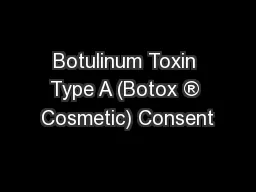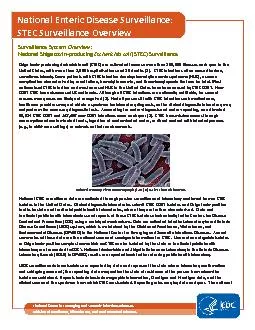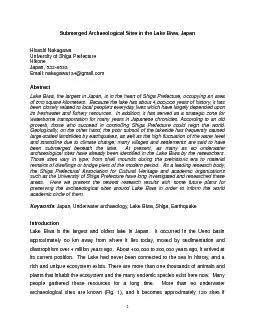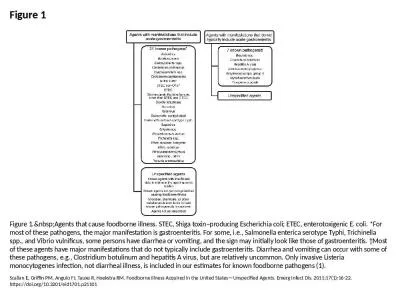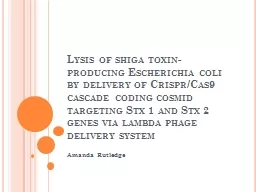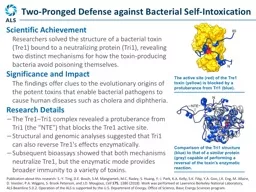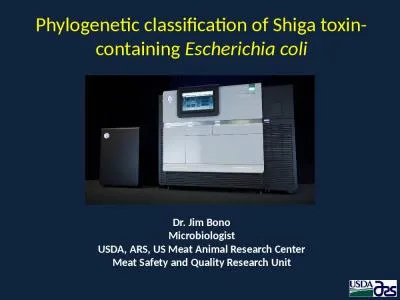PPT-PROGRESS IN THE CONTROL OF SHIGA TOXIN-PRODUCING
Author : phoebe-click | Published Date : 2020-01-11
PROGRESS IN THE CONTROL OF SHIGA TOXINPRODUCING ESCHERICHIA COLI STEC IN BEEF THROUGH THE USDANIFA STEC COORDINATED AGRICULTURAL PROJECT CAP Rodney A Moxley DVM
Presentation Embed Code
Download Presentation
Download Presentation The PPT/PDF document "PROGRESS IN THE CONTROL OF SHIGA TOXIN-P..." is the property of its rightful owner. Permission is granted to download and print the materials on this website for personal, non-commercial use only, and to display it on your personal computer provided you do not modify the materials and that you retain all copyright notices contained in the materials. By downloading content from our website, you accept the terms of this agreement.
PROGRESS IN THE CONTROL OF SHIGA TOXIN-PRODUCING: Transcript
Download Rules Of Document
"PROGRESS IN THE CONTROL OF SHIGA TOXIN-PRODUCING"The content belongs to its owner. You may download and print it for personal use, without modification, and keep all copyright notices. By downloading, you agree to these terms.
Related Documents


